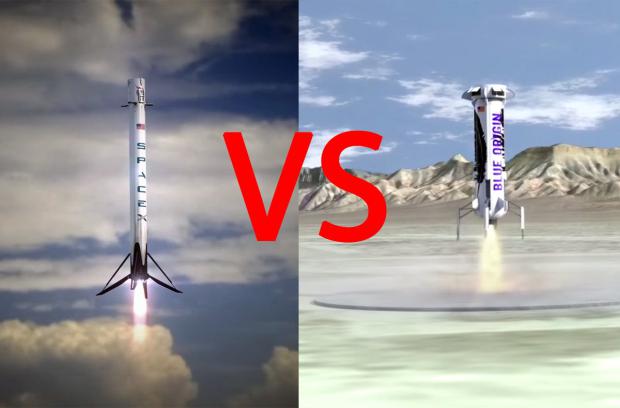
Breaking News
 The 3 Reasons Behind US Plot to Depose Venezuela's Maduro – Video #254
The 3 Reasons Behind US Plot to Depose Venezuela's Maduro – Video #254
 Evangelicals and the Veneration of Israel
Evangelicals and the Veneration of Israel
 Zohran Mamdani's Socialist Recipe for Economic Destruction
Zohran Mamdani's Socialist Recipe for Economic Destruction
 BREAKING: Fed-Up Citizens Sue New York AG Letitia James for Voter Intimidation...
BREAKING: Fed-Up Citizens Sue New York AG Letitia James for Voter Intimidation...
Top Tech News
 HUGE 32kWh LiFePO4 DIY Battery w/ 628Ah Cells! 90 Minute Build
HUGE 32kWh LiFePO4 DIY Battery w/ 628Ah Cells! 90 Minute Build
 What Has Bitcoin Become 17 Years After Satoshi Nakamoto Published The Whitepaper?
What Has Bitcoin Become 17 Years After Satoshi Nakamoto Published The Whitepaper?
 Japan just injected artificial blood into a human. No blood type needed. No refrigeration.
Japan just injected artificial blood into a human. No blood type needed. No refrigeration.
 The 6 Best LLM Tools To Run Models Locally
The 6 Best LLM Tools To Run Models Locally
 Testing My First Sodium-Ion Solar Battery
Testing My First Sodium-Ion Solar Battery
 A man once paralyzed from the waist down now stands on his own, not with machines or wires,...
A man once paralyzed from the waist down now stands on his own, not with machines or wires,...
 Review: Thumb-sized thermal camera turns your phone into a smart tool
Review: Thumb-sized thermal camera turns your phone into a smart tool
 Army To Bring Nuclear Microreactors To Its Bases By 2028
Army To Bring Nuclear Microreactors To Its Bases By 2028
 Nissan Says It's On Track For Solid-State Batteries That Double EV Range By 2028
Nissan Says It's On Track For Solid-State Batteries That Double EV Range By 2028
SpaceX, Blue Origin and the dream of reusable rockets

However, the landing was, in actuality, just the latest step on a path that got its start in the earliest days of the space age.
In the 1950 science fiction film Destination Moon, a quartet of space explorers land their entire rocket on the lunar surface before beginning their adventure across the dusty plains of our nearest celestial neighbor. While a work of fiction, NASA itself was considering such a feat during its race to the Moon with the Soviet Union.
NASA's Nova rocket compared to the Saturn V booster that was used to send crews to the Moon during the late 60s and early 70s. Image Credit: NASA / MSFC
During the pivotal period around May of 1961, then-administrator of the space agency, James Webb, believed that the most "natural" way to land on the Moon would be what was called "direct descent." In essence, a large portion of the rocket would conduct a landing on the surface of the Moon. At the time, a proposed vehicle, called Nova, would have carried out the mission.

 Carbon based computers that run on iron
Carbon based computers that run on iron

